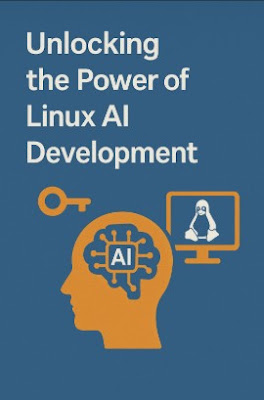Unlocking Innovation: A Deep Dive into Open-Source Chinese AI Models

The rise of artificial intelligence (AI) has been nothing short of revolutionary, and China is a major player in this technological advancement. While many powerful AI models are proprietary, a growing ecosystem of open-source Chinese AI models is emerging, offering unprecedented opportunities for developers and researchers worldwide. This comprehensive guide explores the landscape of open-source Chinese AI models, examining their capabilities, applications, and the potential impact they have on various industries. Understanding Open-Source Chinese AI Models Open-source Chinese AI models refer to AI algorithms and their associated codebases that are publicly available for use, modification, and distribution. Unlike proprietary models, these models foster collaboration, transparency, and rapid innovation. This openness allows developers to adapt and improve the models for specific applications, leading to a diverse range of functionalities. Key Features of Open-Source Chinese ...








